Key info (as of September 19, 2022):
- Circulating Supply — 7,441,499,126 MATIC
- Total Supply — 10,000,000,000 MATIC
- Sector — Scaling
- Token Type — Native
- Token Usage — Payments
- ATH —& $2.92
- ATH Date — December 27, 2021&
Overview
What is Polygon (MATIC)?
Polygon is a network of stand-alone networks and layer 2 (L2) solutions with a goal to create “Ethereum’s internet of blockchains” and increase the scalability of the Ethereum network. The platform aims to achieve this by providing a framework called Polygon SDK that allows developers to launch their own custom Ethereum-compatible solutions.
Polygon is typically known for its flagship product — the Matic sidechain — that utilizes a proof of stake (PoS) consensus mechanism and serves as a commit chain (adjustment) to the Ethereum mainnet. It bundles together batches of transactions and confirms them en masse before returning data to the Ethereum network. As a result, it helps to achieve high throughput and low transaction costs. According to Polygon, the PoS chain offers 7,000 transactions per second and 10,000 times lower fees than the Ethereum blockchain.
Polygon supports the Ethereum Virtual Machine (EVM), meaning existing Ethereum-based applications can be ported to Polygon with relative ease. At the moment of writing, there are over 37,000 decentralized apps deployed on the Polygon platform.
Polygon has a native utility token called MATIC. It is largely used for paying fees within the Polygon ecosystem and for staking to secure the PoS network.
A brief history of Polygon
Polygon was founded in October 2017 as Matic Network by a team of four: Sandeep Nailwal, Jaynti Kanani, Anurag Arjun, and Mihailo Bjelic. In April 2019, Matic Network raised over $5.5 million in a series of private and public funding rounds, allocating MATIC tokens. In June 2020, the Polygon mainnet was launched, introducing the Matic PoS network.
In February 2021, Matic Network rebranded to Polygon but the name of the platform’s native token remained unchanged. In June 2021, Polygon enabled developers to launch stand-alone chains and introduced several L2 solutions in testnets to add rollups. In April 2022, the Polygon Network went carbon-neutral.
How does Polygon work?
In order to better understand Polygon, it could be useful to understand the difference between sidechains and rollups since the platform supports both of these options. Sidechains are typically called stand-alone chains in the Polygon network, while rollups refer to secured chains in the Polygon ecosystem. Both options offer increased transaction throughput and lower fees compared to the primary network (Ethereum), but they are different in terms of security and performance.
Rollups inherit much of their security from a connected network, while the sidechain must take care of security on its own. As a result, rollups offer lower transaction costs and faster speed, while maintaining comparable security to the main network. When using sidechains, users may pay a fraction of what they would on a rollup, but that can mean making compromises on security. However, this should not suggest that sidechains lack security. Rather, using a sidechain involves a trust component to both validators that secure the sidechain network and the bridge used to enter that sidechain.
Polygon’s PoS sidechain
As a sidechain, Polygon’s PoS network has its own set of validators that secure the blockchain. Polygon’s PoS sidechain has a three-layer architecture:
- Ethereum layer — Polygon maintains a set of smart contracts on Ethereum, which manage staking functions and rewards for Polygon’s proof of stake layer. This layer is also responsible for Plasma contracts that include checkpoints of the sidechain state.
- Heimdall layer — This layer is also known as a proof of stake layer. It manages validators, block producer selection, and the state-sync mechanism between Ethereum and the PoS network.
- Bor layer — This layer is responsible for block production and transaction aggregation into blocks. The Bor layer also includes the EVM-compatible virtual machine.
Polygon’s PoS sidechain layers. Source: Polygon documentation
Validators participate in PoS consensus and commit checkpoints to the Ethereum network. Checkpoints represent a snapshot of the Bor chain which is attested by the majority of validators and submitted on the contracts deployed on Ethereum. Submitting a checkpoint validates included transactions.
There are 100 global validators in Polygon’s PoS network. Periodically, the protocol organizes validator auctions where anyone can replace any current validator by proposing a higher stake. However, there is limited space for accepting new validators. New validators can only join when a currently active validator unbonds. To become a potential validator, users need to run a node and lock at least one MATIC token. If users don’t want to run a node, they can delegate their tokens to validators to earn staking rewards.
Users may perform transactions via the PoS chain by connecting their wallet to the Polygon Bridge.&
Modular infrastructure
Polygon Edge is an open-source development environment that allows developers to create custom L2 solutions and sidechains. Edge supports PoS and proof of authority algorithms. Edge includes modules that set up the blockchain, mechanisms for finding consensus, and special libraries for architecture development. Custom sidechains require a separate set of validators but can be EVM-compatible. With Edge, it is also possible to create private blockchains.
Another development environment that Polygon provides is Avail. It allows developers to work with incomplete data and create a network with “light” nodes that download a random set of information from the blockchain. With Avail, it is possible to create a blockchain that records transaction data for other blockchains, allowing the latter to increase the network throughput. Avail is currently in development.
Rollups
Polygon’s native ecosystem features several products that support rollups connected to the Ethereum network. Most of these solutions are currently either in development or launched on testnets:&
- Hermez — L2 solution built using ZK-rollups technology. ZK-rollups process thousands of transactions in a batch and post some minimal summary data to the mainnet. This summary data defines the changes that should be made to the Ethereum stake and cryptographic proof that these changes are correct.&
- Miden — L2 solution that relies on ZK-STARK technology to roll up thousands of transactions into a single Ethereum transaction.
- Zero — L2 solution for building decentralized applications using ZK-STARK technology. Confirmations on blockchain changes are aggregated into a single confirmation.&
- Nightfall — A privacy-focused L2 solution. The target audience is the corporate segment.&
Polygon’s native token
Utility
As a native token of the Polygon ecosystem, the MATIC token serves the following purposes:&
- Fees — The MATIC token is designed to be a utility token that functions as the unit of payment and settlement between participants who interact within the Polygon ecosystem.
- Staking — Polygon sidechains enforce consensus using a PoS layer in which network participants stake MATIC as validators and earn staking rewards.&
- Governance — MATIC token can potentially be used for governance purposes by voting on upgrade proposals related to the Polygon network. At the moment of writing, this feature has yet to be introduced.&
Token allocation
MATIC has a total fixed supply of 10 billion tokens, while the current circulating supply is around 8.7 billion. The circulating supply is expected to gradually approach the total supply by unlocking tokens allocated to different network contributors.
MATIC tokens were allocated as follows:&
- Private sale — 3.80%
- IEO (public sale) — 19%
- Team — 16%
- Advisors —& 4%
- Staking rewards — 12%
- Foundation — 21.86%
- Ecosystem — 23.33%
MATIC token allocation. Source: Messari
Investors who obtained MATIC via the IEO were given immediate access to their tokens. Private sale investors were given access to half of their tokens immediately, with the rest being released in October 2019. Tokens dedicated to the Team, Advisors, Foundation, and Ecosystem will be distributed over time, with 100% of the tokens estimated to be dispersed by Q4 2022.
1.2 billion tokens that were allocated to be given out as staking rewards are planned to be distributed for the first five years of the network life. Rewards are divided per checkpoint and distributed to all stakers proportionally to their stake. The staking reward rate could be higher during lower bonding rates and vice versa.
A brief overview of Polygon’s DeFi ecosystem
As Ethereum’s sidechain, Polygon PoS network gathered numerous popular Ethereum-based DeFi solutions seeking to take advantage of lower fees and higher throughput. At the moment of writing, Polygon has a total value locked (TVL) of $1.77 billion. Although TVL is down more than 80% from its peak of over $10 billion, Polygon still has one of the most vibrant ecosystems in the L2 space on Ethereum.
Polygon’s TVL. Source: DefiLlama
Decentralized Exchanges (DEXs)
According to DefiLlama, MM Finance currently has the largest TVL in the Polygon ecosystem with 21% dominance. It includes platforms that offer AMM DEX and stablecoin swap. The second largest DEX on Polygon in terms of TVL is Polygon-native Quickswap. Quickswap utilizes AMM and is a fork of Uniswap. Other notable projects launched on Polygon are Uniswap, Sushiswap, Curve Finance, and Balancer.&
Lending
Aave is the largest lending platform on Polygon in terms of TVL. It is followed by Stargate Finance and QiDao. Stargate Finance is a liquidity protocol that offers liquidity pools with instant finality and empowers users to transfer tokens across different blockchains. QiDao is a zero-interest crypto lending platform that offers stablecoin loans.
Oracle networks
Polygon features many oracle projects, including the most popular ones such as Chainlink, Telor, Band Protocol, Gravity Protocol, Razor Network, and API3. A wide set of oracle networks is one of the reasons why cross-chain projects that already support certain oracles can join Polygon with relative ease.&
NFT marketplaces
The Polygon ecosystem consists of various cross-chain NFT marketplaces, including OpenSea and Refinable. OpenSea is considered the largest NFT marketplace in the crypto industry with over two million NFT collections. Refinable is an NFT marketplace with a native FINE token that provides access to exclusive NFT sales. Other notable names include NFTrade, Zesty Market, and Treasureland.
Find out more about Polygon
Polygon provides a suite of tools that users can utilize to achieve lower transaction costs and higher transaction speed. At the same time, developers can use Polygon products to achieve increased throughput for their projects or create new scaling solutions with their own security rules. Building on Polygon is quite similar to building on Ethereum due to its integration with EVM. This immediately makes Polygon accessible to the biggest blockchain development community.&
The team behind Polygon is focused not only on its flagship PoS network but also on introducing new scaling solutions for different audiences and using various technologies. This makes Polygon well-positioned to expand existing Ethereum capabilities.
Stake MATIC on CEX.IO
CEX.IO customers can purchase MATIC tokens using various payment methods to join the Polygon ecosystem and take advantage of MATIC staking. In order to start staking MATIC on CEX.IO, users just need to hold tokens in their balances. No additional actions are required to earn staking rewards. While staking on CEX.IO, users may trade and move their MATIC tokens anytime. Check our staking page to learn the current estimated annual yield for staking AVAX on CEX.IO.
Disclaimer: Information provided by CEX.IO is not intended to be, nor should it be construed as financial, tax, or legal advice. The risk of loss in trading or holding digital assets can be substantial. You should carefully consider whether interacting with, holding, or trading digital assets is suitable for you in light of the risk involved and your financial condition. You should take into consideration your level of experience and seek independent advice if necessary regarding your specific circumstances. CEX.IO is not engaged in the offer, sale, or trading of securities. Please refer to the Terms of Use for more details.

You can get bonuses upto $100 FREE BONUS when you:
💰 Install these recommended apps:
💲 SocialGood - 100% Crypto Back on Everyday Shopping
💲 xPortal - The DeFi For The Next Billion
💲 CryptoTab Browser - Lightweight, fast, and ready to mine!
💰 Register on these recommended exchanges:
🟡 Binance🟡 Bitfinex🟡 Bitmart🟡 Bittrex🟡 Bitget
🟡 CoinEx🟡 Crypto.com🟡 Gate.io🟡 Huobi🟡 Kucoin.



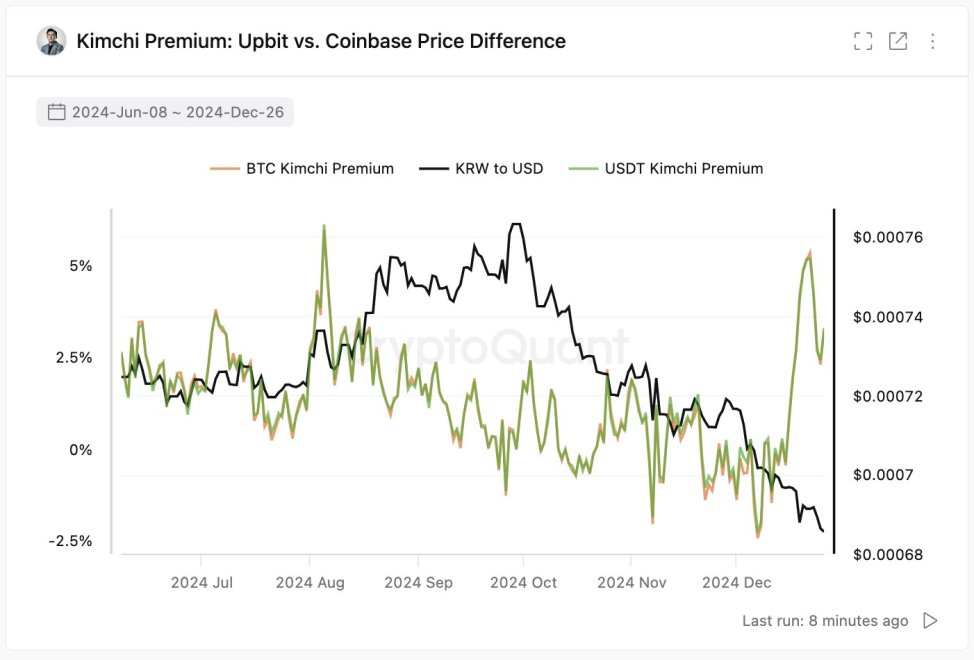

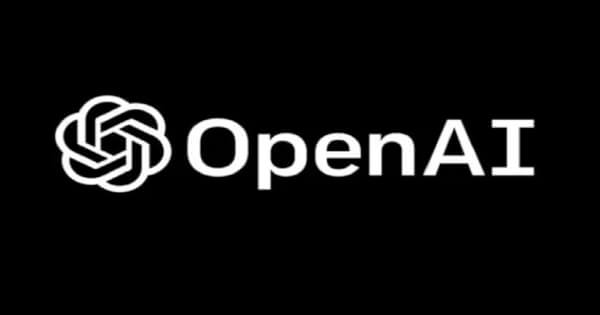
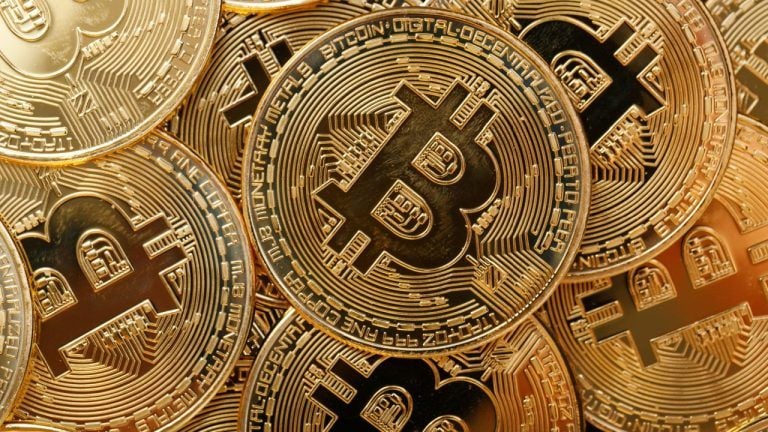

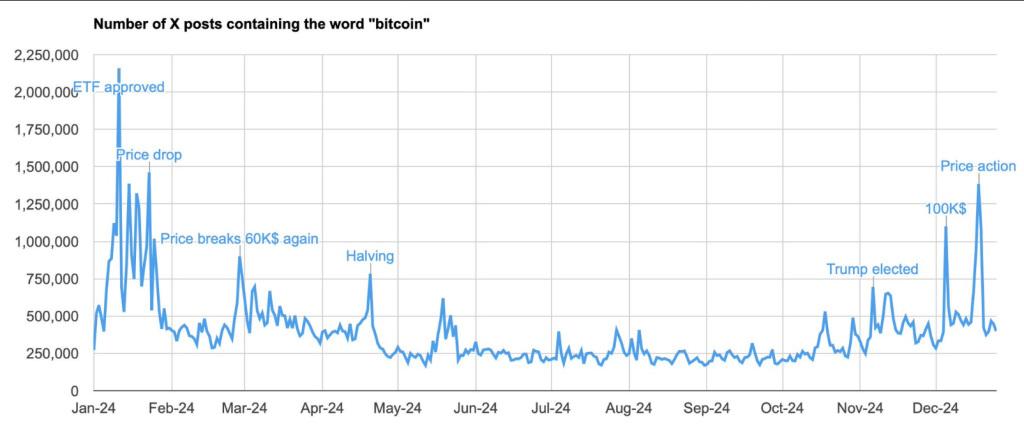


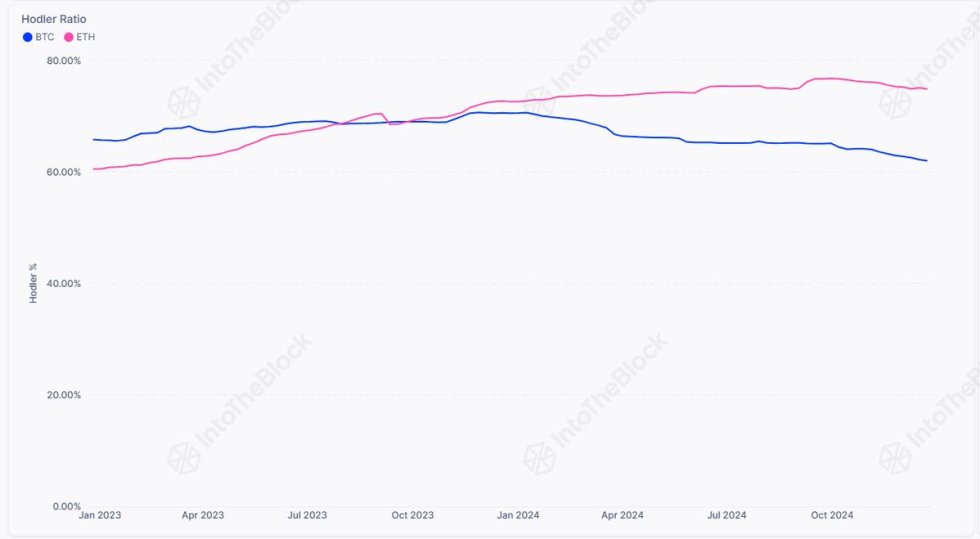






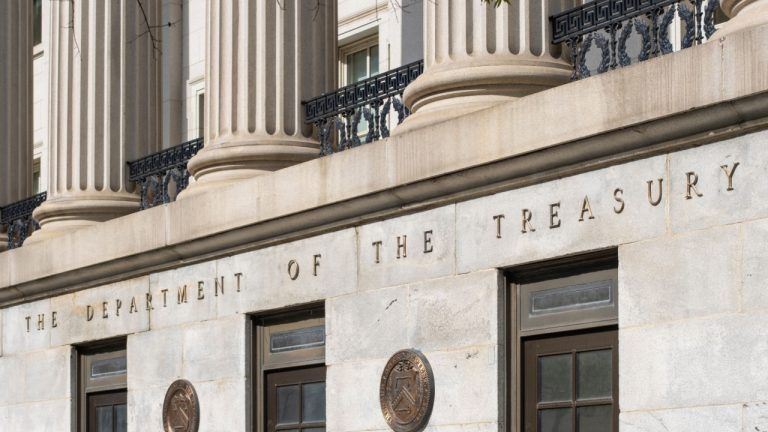
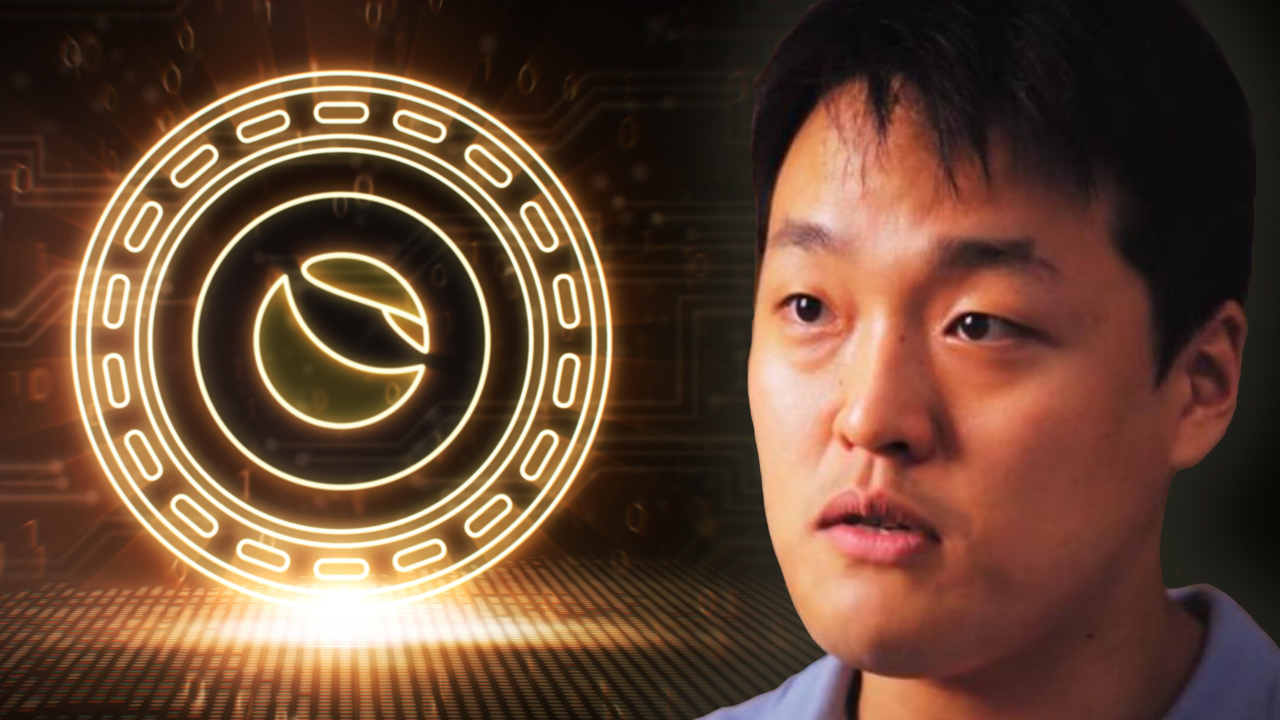
Comments